They are appealing to the eye with their two 12 inch wheels, pedals that kids can easily push to propel, a comfortable and well-padded saddle, and most of all, they are quite easy on the pockets.
Perfect, right? But the big question is, “are 12-inch pedal bikes really effective for two to five-year-old kids when put to the test?”
The only appropriate answer to that question is that quite a number of 12-inch bicycles are only functional in theory but fail terribly when their performance is assessed beyond what meets the eye.
Don’t believe this? Here’s why you should never buy a 12-inch pedal bike for your kid or at least be cautious when buying with these facts on your mind.
1. Their weight makes them hard to navigate
Weight really plays a huge role in the efficiency of a bike. As a rule of the thumb, any bike’s weight should not exceed 30% of the weight of the person riding it. This is to allow the child to manoeuver the bike easily.
The problem with most 12-inch pedal bikes for kids, with the exception of a few, is that they weigh more than the recommended weight ratio. There is no debate on whether you can ride on a bike with half your body weight. Can you? Conventionally, the average 12-inch bike weighs close to 50% of the child’s weight.
Trust us; you do not want to place that much weight on your kid, especially when they are just in the process of developing their motor skills. Just picture how hard it is trying to mount on such a bike and still have to balance it!
If you are wondering what makes these bikes heavyweight, then you need to know that many factors come into play. These factors include the bike’s components, such as handbrakes and gears. However, the frame material of a bike is one of the most vital contributors to its overall weight. Generally, aluminum frames are lighter but more expensive, while steel frames, which contribute to the making of most bikes, are heavier yet quite affordable.
In reality, most 12-inch pedal bikes are not appropriate for the age of the kids they are recommended for. This puts your kid at risk of an accident. In fact, the US National Highway Traffic Safety Administration (NHTSA) advises on bicycle safety by insisting that if the bike is too big, it becomes harder to control, which is why you need to know the tricks and tips of finding the best bike size for a kid any age or height. Of course, this is to say that you should always ride a bike that fits you!
While store bikes are cheaper, they only make the work harder for your kid and put them at risk.
2. They Have a Short Wheelbase and High Center of Gravity
You’d be surprised by how much the assembly of a bike contributes to the overall riding experience.
The length of the wheelbase and the center of gravity fostered by the seat height determine whether a bike has great geometry or not.
The wheelbase of a bike is the distance between the front and rear wheels, while a bike’s center of gravity has to do with the position of the rider while seated on the bike. The wheelbase has a lot to do with directional stability, such that the longer it is, the more stability the bike offers.
In addition, the wheelbase of a bike is related to the center of gravity achieved in that a longer wheelbase allows the young rider to sit lower and closer to the tires. Conversely, a shorter wheelbase contributes to a higher center of gravity.
At slow speeds, which most kids ride at, a lower center of gravity is recommended to maintain balance.
Most higher-end bikes 12-inch bikes invest in a longer wheelbase, which makes them easier to balance. However, a great majority of 12-inch pedal bikes have short wheelbases that make it harder to balance and eventually make the whole riding experience frustrating for your kid.
3. They Have High Minimum Seat Height
Like we mentioned earlier, a lower center of gravity eases the riding experience by enabling your kid to balance.
To achieve a lower center of gravity, not only should the wheelbase be longer, but also the seat should be positioned such that the gap between the rear wheel and the seat (when set at its lowest) is small. The seat height is especially important as it contributes to your child’s ability to stop the bike with their feet.
Your child is probably still developing their motor skills. This means that although they are riding a pedal bike that may have breaks, they still ought to be able to stop the bike with their feet. However, if the seat is too high, then their feet probably can’t touch the ground when sitting on the seat.
A well-designed bike has a minimum seat height that is at least an inch lower than a child’s inseam to allow their feet to touch the ground.
A high minimum seat height means that hopping off the bike is harder, and you would have to always be beside your child as they ride.
4. Insufficient Leg Room
Most 12-inch pedal bikes have high minimum seats and fail to compensate for this by incorporating higher handlebars. This translates to a lack of sufficient legroom; thus, most likely, your kid’s knees will continuously be hitting the handlebars.
With insufficient legroom, riding becomes more bothersome than enjoyable.
5. They are Not Cost-Effective
When purchasing any commodity, it is always good to consider its functionality and durability. Unfortunately, most parents are quick to question their kids’ learning ability rather than also putting the bike’s functionality to the test. And that is why bikes continue to sell, yet some kids continue to suffer in silence.
A good bike investment is one that your kid can learn to ride on and continue to use in the long run. However, if a bike fails to do its job, then your child will more than likely find it hard to use. Ultimately, they might either quickly lose interest or choose to endure the frustration.
While most 12-inch pedal bikes can be described as lower-end, they really aren’t cost-effective when considered in the long term. You will eventually have to spend more money on a more effective two-wheeler.
What should you opt for instead of a 12-inch pedal bike for your kid?
While we have highlighted the inadequacies of most 12-inch pedal bikes, it wouldn’t be fair for us not to recommend better alternatives.
There are better options out there, and guess what? You do not have to break the bank to have little Maggie or little Kev riding.
-
Opt for a Balance Bike Instead
If you want to train your kid on how to ride a bike, opt for a 12-inch balance bike instead. Balance bikes do a better job at teaching kids how to maintain balance.
And the icing on the cake? With a seat height that you can adjust, your kid can stay with the bike till they are able to transition to a 14” inch pedal bike.
Just ensure that the construction and geometry of the balance bike are great before purchasing.
-
Purchase a Second-Hand Bike
We specifically mean a second-hard 12-inch pedal bike such as the Woom 1, whose quality and efficiency are top-notch. With an inseam of 15”, there are numerous 12-inch bike options. Otherwise, you better leave them to grow with that balance bike until they are tall enough to fit size 14 and cycling has numerous benefits compared to the gadgets we give them these days.

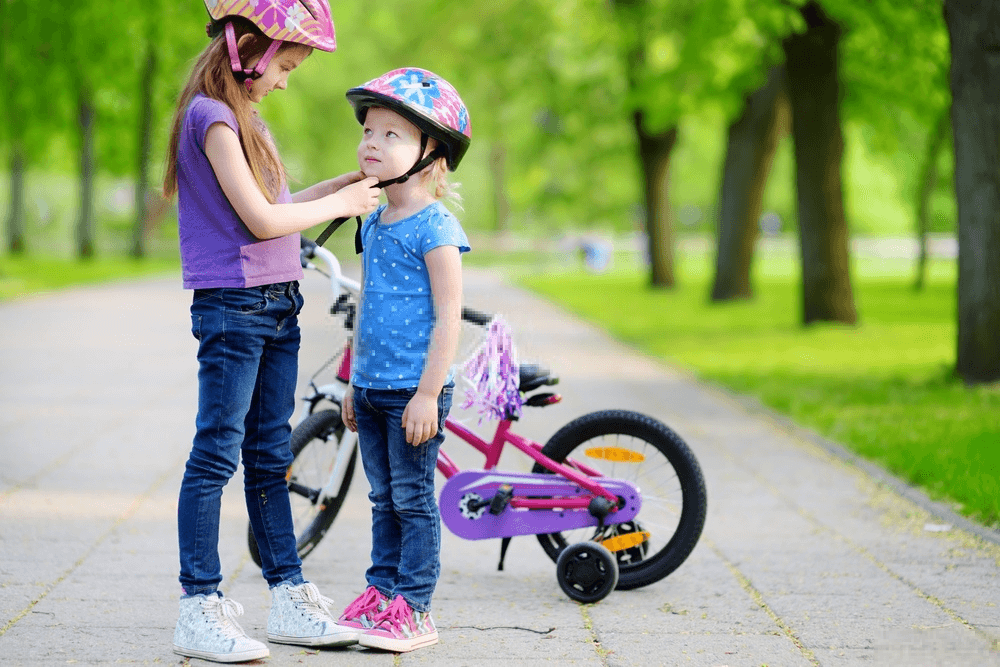

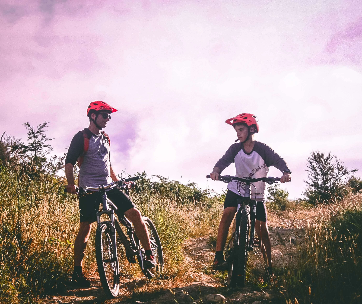
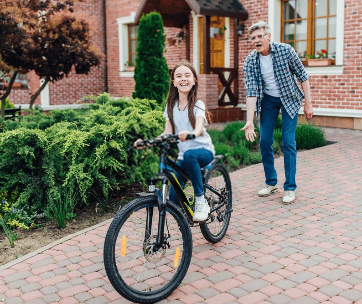
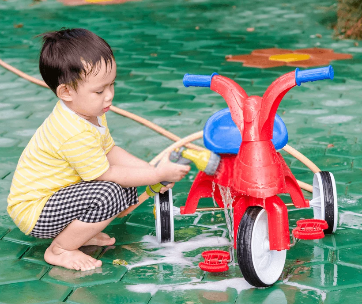
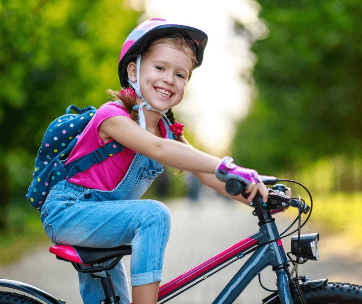
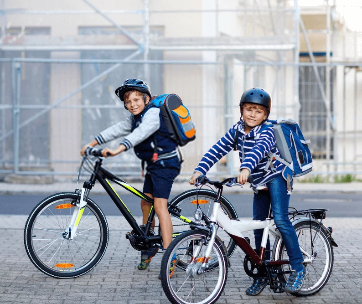
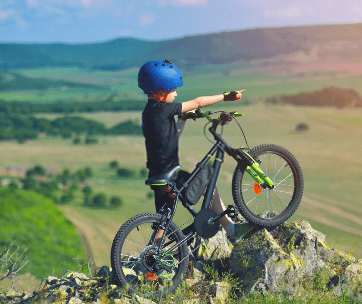
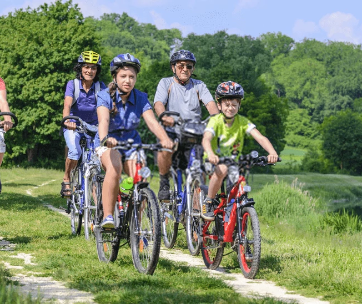

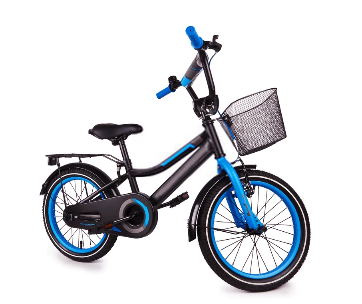
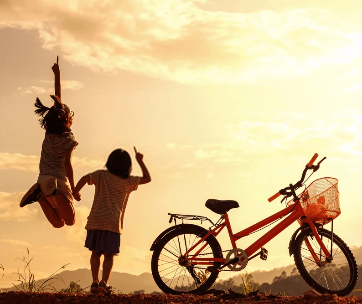
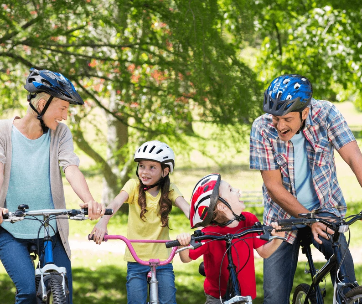
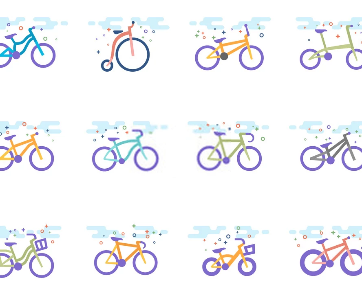
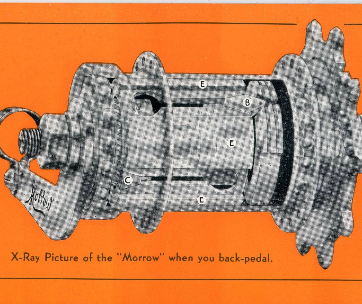
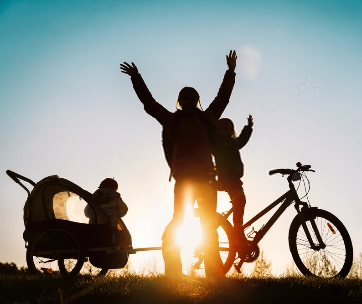
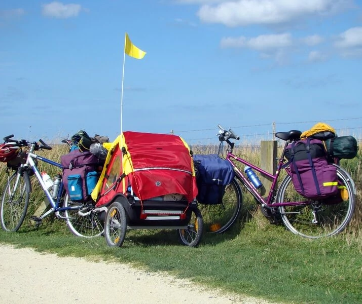
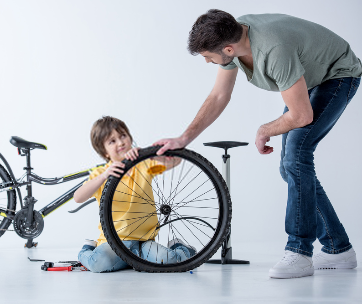
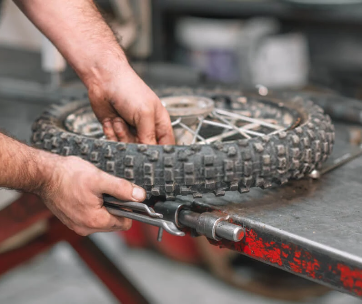
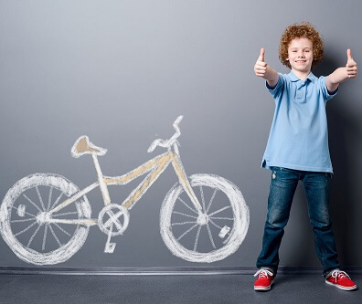
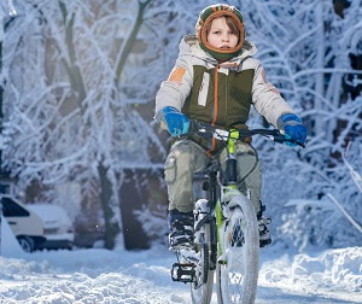
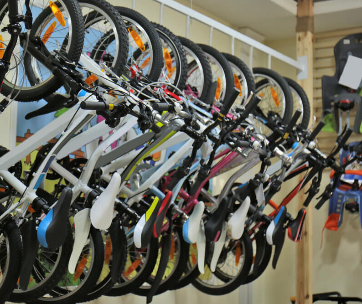
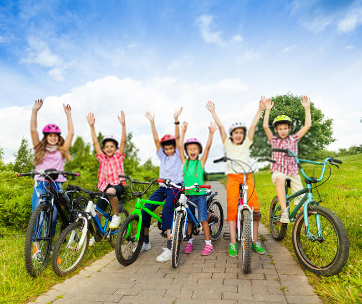
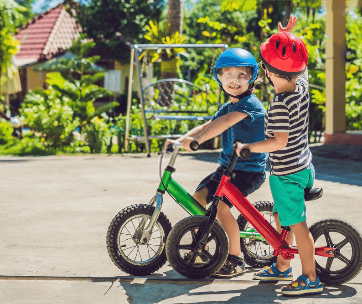
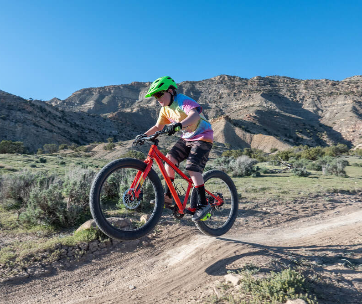
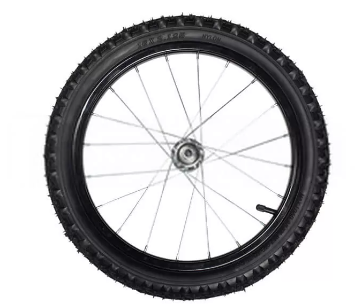
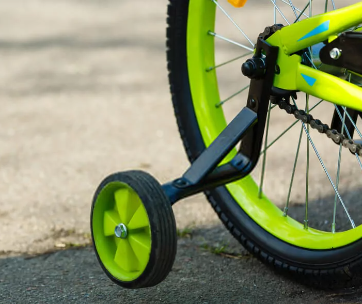
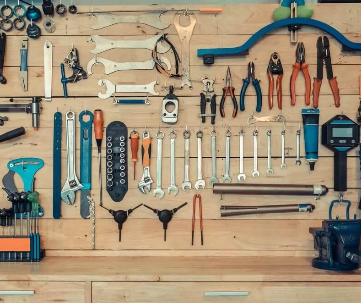
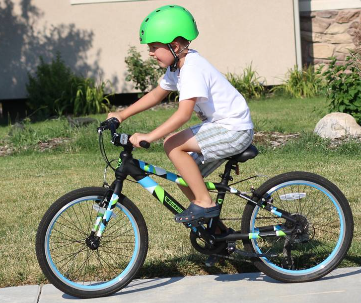
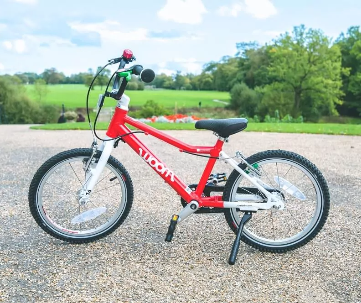
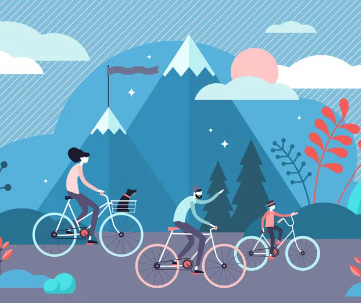
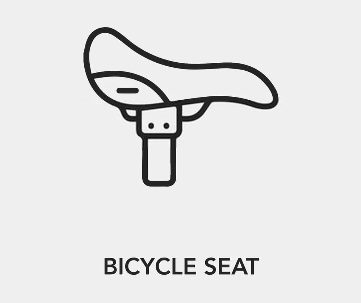
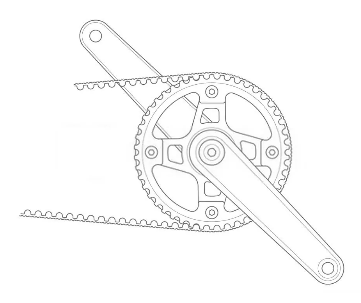
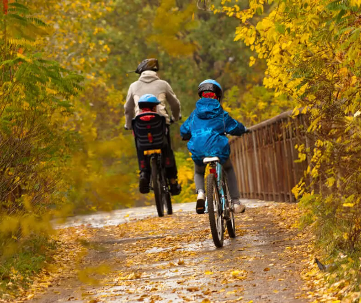
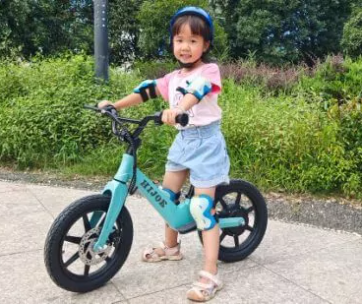
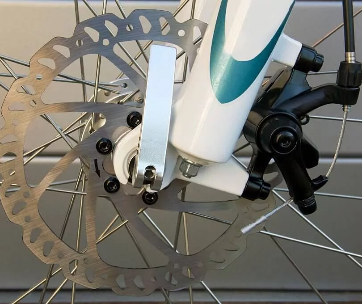
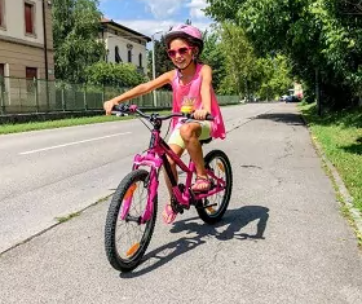
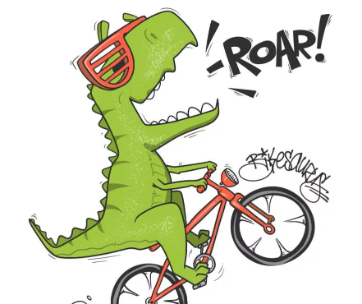
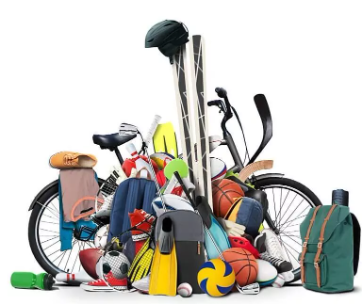
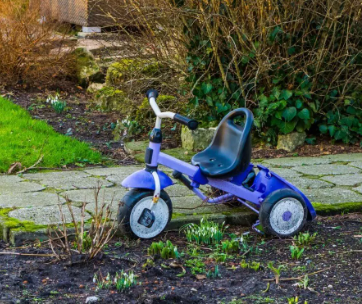
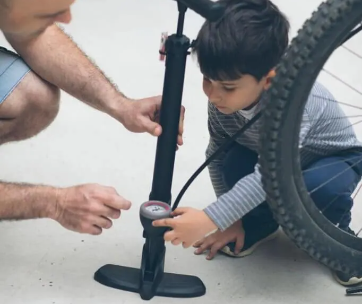
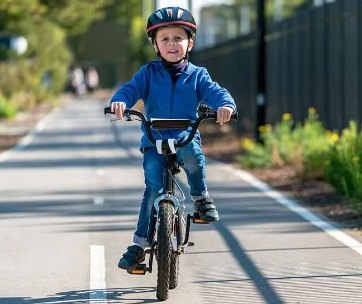
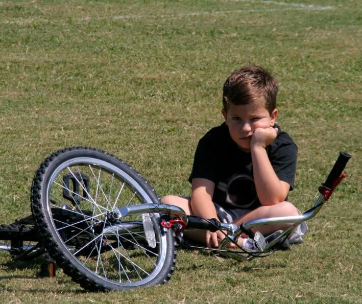
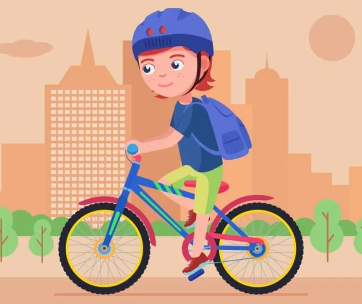
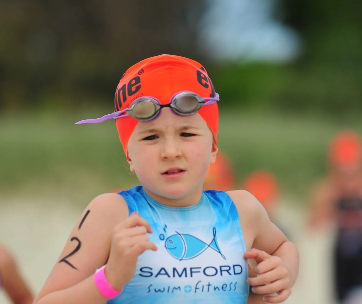
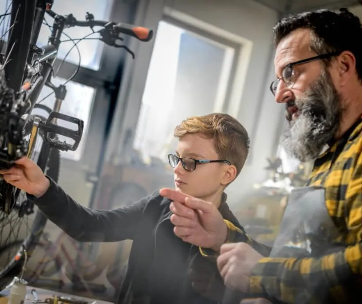

Comments